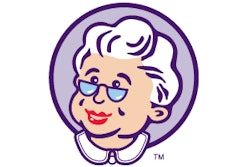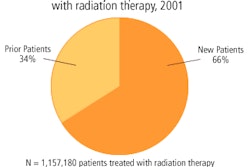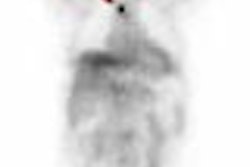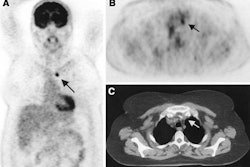Childhood cancer treatment is associated with early onset of cardiovascular disease, but results of a new study suggest that radiation therapy may not be entirely to blame.
Previous studies have indicated that some survivors of childhood cancer who skip radiation treatment are less likely to experience health troubles as adults, including tumor relapse.
Dr. Louis Constine of the department of radiation oncology, University of Rochester, Rochester, NY, said that increased cardiovascular risk factors are present in survivors of childhood cancer who were treated with radiation or with anthracyclines. He presented the results at the 2003 American Society for Therapeutic Radiation and Oncology (ASTRO) meeting in Salt Lake City.
"To quote from an old Buffalo Springfield song, ‘There’s something happening here. What it is ain’t exactly clear,’" he said.
The National Cancer Institute-supported study prospectively recruited 188 childhood cancer survivors and 67 sibling controls. The survivors were five years or more post-treatment.
The survivors and controls were assessed for cardiovascular risk factors: increased body fat, hypertension, abnormal cholesterol, left ventricular (LV) systolic performance, LV wall thickness, and LV afterload. In each case an abnormal finding was defined as a more than two standard deviations from normal.
Survivors were divided into groups based on treatment given: anthracycline, radiation therapy that included the heart, combined treatments, or other therapy. Tumor types included Hodgkin’s, Wilms, neuroblastoma, brain tumors, sarcomas and other.
The mean age at diagnosis was 7.4 years and the mean age at testing was 20.8 years.
Radiation-treated and anthracycline treated patients were significantly more likely to have abnormal cholesterol levels or LV parameters than patients who received other therapies or compared to healthy, sibling controls.
Likewise, patients who received either RT or anthracyline treatments patients also had increased body fat compared with sibling controls. Thirteen percent of the anthracycline treated patients, 26% of the RT patients and 14% of patients who received combination therapy had three or more abnormal risk factors, which "defines them as high risk," he said.
Constine said that additional studies are needed to determine if other factors, such as biochemical markers of cardiovascular disease, are also affected by childhood cancer treatment.
By Peggy PeckAuntMinnie.com contributing writer
November 11, 2003
Related Reading
Britain offers breast cancer screening to Hodgkin's disease survivors, November 10, 2003
Stereotactic radiotherapy effective for pediatric brain tumors, October 23, 2003
Skipping radiotherapy may benefit childhood leukemia survivors in the long run, August 21, 2003
Copyright © 2003 AuntMinnie.com



















